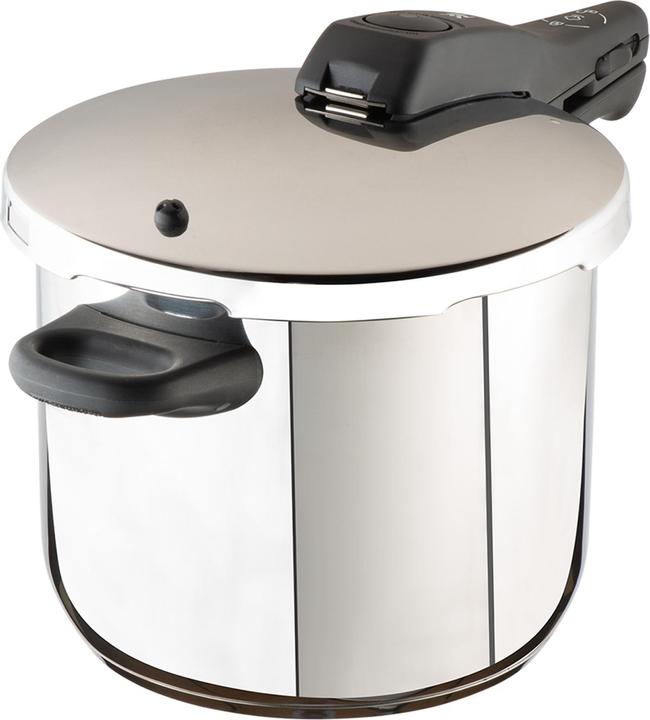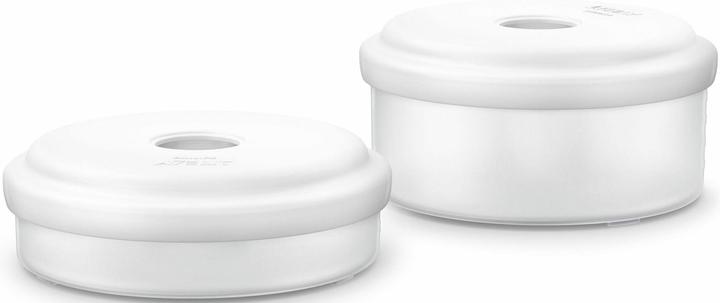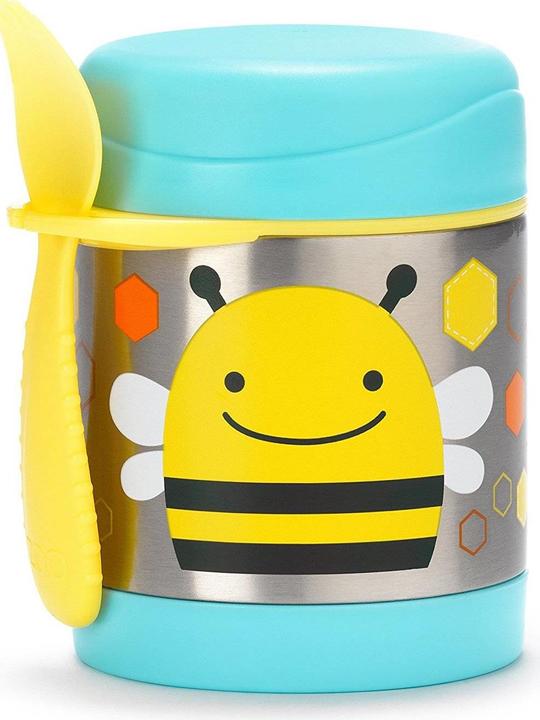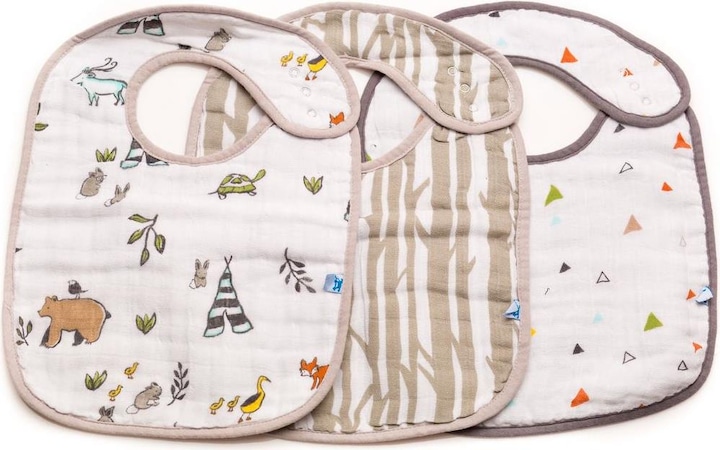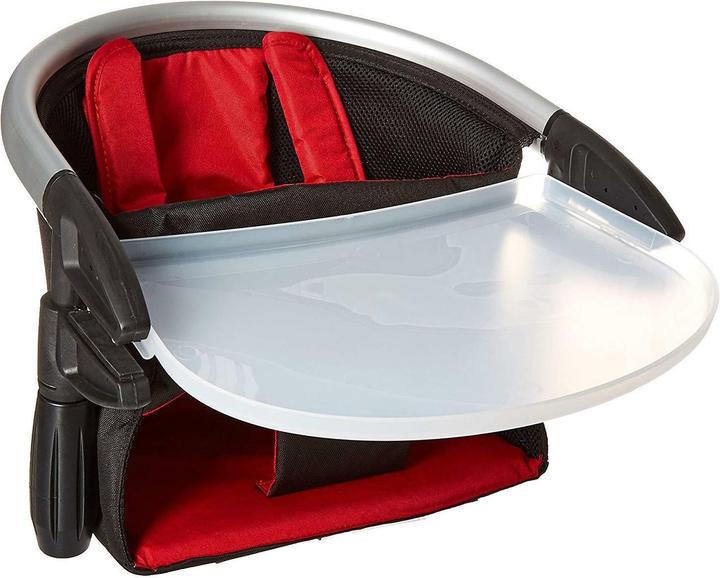

Baby food or homemade porridge?
Porridge can be introduced gradually from the end of the fourth month. Some parents prefer ready-made baby food, as it is practical and saves time. Others believe that porridge should be homemade, using healthy ingredients. Today's appliances make preparation easier. Whether you opt for ready-prepared baby food or a homemade version depends more on your preference and the time you have available.
The World Health Organisation (WHO) recommends giving only breast milk to infants for the first 6 months, or even longer. Breastfeeding can then be combined with porridge adapted to the baby's age. However, each mother can decide when she wants to start, generally from the end of the fourth month. Breast milk or bottle-feeding is gradually replaced by porridge, which reduces the amount of breast milk and the breast-feeding time. A nutrition plan or the parent information service in your local authority will help you to do this in the best possible way. They will be better able to adapt their advice to your baby. After all, each digestive system develops at its own pace. Introduce the various foods gradually and observe your baby's reaction.
Commercial porridge
Do you not like to cook, are you stressed, often on the move or don't always have the time to prepare a porridge? Ready-made baby food is for you.
Many parents find them practical and time-saving. They're also sterile and have an extremely smooth consistency, which homemade versions find hard to compete with.
Pay attention to the age indicated on the labels, as some foods or other ingredients are only suitable for children over a certain age. We recommend starting with pureed carrots, then gradually varying the ingredients. The ingredients should not include salt, sugar (also known as glucose, fructose or maltose), cocoa, nuts or other special flavourings and spices. Warm the little jars in a bottle warmer, saucepan or microwave.
Homemade porridge
Do you love cooking for your baby, have a healthy lifestyle and want to know exactly what's in his porridge? The homemade version will suit you better.
If you decide to get into the kitchen, avoid adding salt, powdered condiments, stock or sugar, as salt can damage your baby's kidneys, for example. In most cases, start with pureed carrots (sometimes combined with potatoes), enriched with a little oil to boost vitamin intake. You then introduce a new vegetable every week and feed it for a few days. This way, you'll be able to spot any skin irritations or other reactions very quickly. Prepare the baby with care. Follow the rules of hygiene and use fresh produce, which you can cook in an ordinary pressure cooker or a special appliance.
Storing homemade porridge
If you're making porridge for the whole week, let it cool and freeze it in portions to avoid losing too many vitamins. The next day's porridge will keep perfectly well in the fridge, in a tightly closed container. Don't reheat it more than once.
The accessories
Some babies don't understand how to eat straight away. They still have the reflex to push the purée away with their tongue and can't swallow it. You'll need to be very patient and perhaps interrupt the process for a week, but certain accessories will make it easier. Highchairs, for example, are suitable from birth. You can also try out different types of spoon and bottle. Depending on the child's age, these will attract his attention and stimulate his creativity. Of course, your baby will get them everywhere. You can't go wrong with that...
I’m the cook, cleaner, police officer, nurse, entertainer, motivator, author, storyteller, coach, organiser, chauffeur, lawyer and judge. To put it simply, I’m a mum to a daughter and not just a (Content) Manager at the office but also at home.




